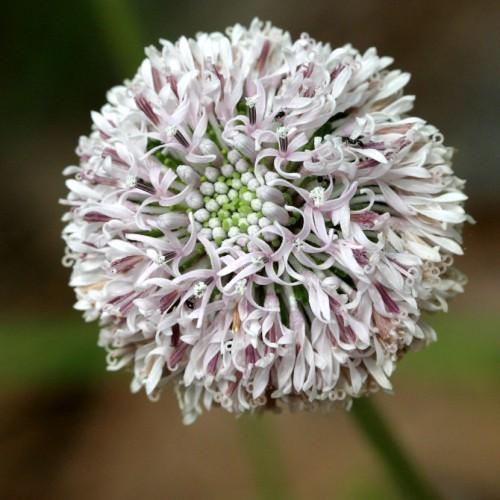
Barbara's buttons
Marshallia caespitosa
Cycle:
Herbaceous Perennial
Watering:
Average
Hardiness Zone:
5 - 8
Flowers:
Flowers
Sun:
Full sun,part shade
Growth Rate:
Low
Maintenance:
Low
Drought Tolerant:
Yes
Salt Tolerant:
Yes
Care Level:
Medium
watering
Barbara's buttons (Marshallia caespitosa) require infrequent watering during their growing season and minimal watering during their dormant season. During the growing season (spring-summer), it's important to water at least once every 1 to 2 weeks, keeping the soil moist but not saturated. During the dormant season (autumn-winter), the plant should only be watered very lightly, less than once every 2 weeks. In very hot summer climates, Barbara's buttons should be watered more often to keep the soil moist and prevent root desiccation. Without proper water and humidity, the plant could become stressed or die. It is important to be proactive if you observe your plant wilting, as this can cause irreversible damage. Barbara's buttons should be watered from the top gently and directly onto the soil, avoiding getting the foliage wet. Make sure the soil is fully-drained but not completely dry before watering again.
sunlight
Barbara's buttons (Marshallia caespitosa) grow best in full sun to partial shade, with 6 or more hours of direct sunlight per day. To keep the foliage bushy and healthy, avoid placing the plant in excessive shade. Start Barbara's buttons in spring in an area that receives plenty of light for best chances of successful establishment. Sunlight requirements for Barbara's buttons decrease when they reach their mature size. They can then handle a few hours of afternoon shade.
pruning
Barbara's Buttons should be pruned in late winter or early spring. In order to maintain a full, well-shaped form, thin out the outer stems to open up the center of the plant and cut back any wayward branches. Remove any dead, broken, or diseased stems. Avoid over-pruning, as the plant may look sparse afterwards. Cutting back too much can also reduce the number of blooms. For plants that are several years old, thinning out 1-third of the stems and removing up to 1-half of the total biomass is recommended.
